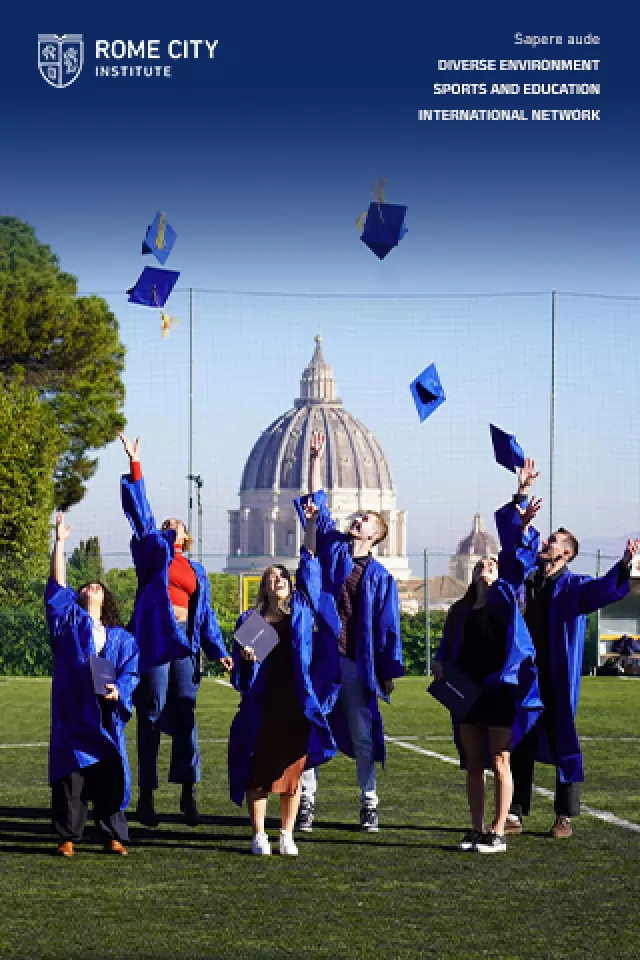Sabina is a beautiful country retreat within easy reach of Rome
Just ten years ago there was nothing here, says Luciana Pancera. She points to the rolling green countryside stretching out as far as the eye can see, the olive trees, mediaeval hilltop villages and ancient Roman ruins and artefacts visible from the rooftop of her farm and holiday home.
The area, known as Sabina, lies 50 km north-east of Rome and is renowned for its olive oil, which has the rare privilege of DOC and DOP denominations (of guaranteed and protected origin). With its numerous lakes, mountains, beech forests, rocky cliffs and lush gorges, it seems a land blessed by the gods, or at least one mightily well looked upon by them. The problem, or maybe the attraction, of the rolling Rieti valley is that very few people know about it.
Pancera, a former flight attendant, has made it her lifes work to change this, applying the tireless drive of her native Milan to promoting an area she grew to love after marrying a local-born pilot 26 years ago. She knew from the start that Tuscany was overrated and that here was an area reeking with authenticity, uncontaminated nature, genuine food and popular festivals that the people still stage for themselves, and not for tourists.
Her husband had bought a property near Selci in Sabina before meeting her, and Luciana slowly started transforming Villa Vallerosa into a farm holiday complex with seven apartments. The 15-hectare estate is made up of a main house built in the 1900s and two other 19th-century constructions. With all this potential at her doorstep, Pancera started visiting the international tourist fairs in the Netherlands, Germany, Britain and France to promote the area. She laughs as she recalls how people asked her in broken English: But Sabina that is you? No one knew what she was talking about.
Despite her efforts, Pancera realised that Sabina is an area that is half-asleep, and that it needed a bit of gentle pushing when it came to self-promotion. So she decided to found a consortium made up of local historic homes, country estates and even a convent. Many of the properties have swimming pools, some have restaurants, and all the rest have self-catering facilities.
In 2000 it had eight members, now it has 25 grouped together under the umbrella name of Best of Sabina. Clients were mainly Dutch at first, but now many more Britons, Americans and even a few French and Spanish families are booking too. To belong to the non-profit co-operative, members have to subscribe to a quality protocol that Pancera sums up as follows: The accommodation they offer should be panoramic, have nothing blocking the view, be set in unspoiled natural surroundings and, above all, the owners should be people who take real pleasure in offering hospitality, in educating the visitor about the area. Their motivation has to be a strong passion for their home and the area, since as Pancera says: I am not doing this to make money.
Within easy reach is the 10th-century small hill-town of Selci and the equally panoramic mediaeval village of Casperia where a 15th-century palazzo, which is part of the consortium, offers accommodation. Close to hand are the famous Franciscan sanctuaries of the so-called Sacred Valley; Farfas abbey, for centuries a great spiritual and cultural centre known throughout Europe, and the romanesque church of S. Vittoria. Here there are also countless archaeological sites.
Within an hour's drive are Orvieto, Spoleto and Assisi. And of course, Rome is accessible by bus, train and car. Just 20 km north of Vallerosa is the small mediaeval village of Montasola, perched on a rocky spur at 700 m above sea level. It has only 40 inhabitants in the winter months but that number doubles if not triples in the summer.
The Montepiano palazzo is the most dramatic of its buildings, standing above fortified walls and encompassing a tower that forms part of the towns entrance. The house has belonged to one family for three centuries and its original 40-odd rooms have been turned into four roomy and light-filled apartments. From here on a good day it is possible to see St Peter's dome, the owner Letizia Gabbuti explained.
Alessandra Marconi, who moved to Montasola from Rome with her husband a few years ago, still works in Rome part-time; she says the drive takes only marginally longer than her previous commute within the city. Here you have this landscape which just opens your spirit, she says philosophocally, her eyes gleaming.
Near Montasola is the romanesque abbey of Vescovio, a prime wedding location with a long waiting list that is not for the faint-hearted. Opposite the abbey, the remains of an ancient Roman market and amphitheatre are being excavated. Close by are the mediaeval villages of Rocchette and Rocchettine, which face each other across a large, lush gorge.
The latter's church has been restored and is also used for weddings but the surrounding houses are abandoned and falling to pieces. When a foreign company wanted to buy the whole village to turn it into a hotel complex, it could not locate all the owners and had to give up, at least for now.
Back in Selci there are hardly any properties left to buy. Pancera says ten of her clients have bought homes in the towns historic centre and that there arent any others available at the moment. Her assistant mentions a farmhouse not far away, set in a small plot of land and in need of major restoration work, going for 300,000. Hardly a small sum of money but considering the passionate and heartfelt comments to be found in Panceras and Gabbutis guestbooks, it is not really that surprising.


















